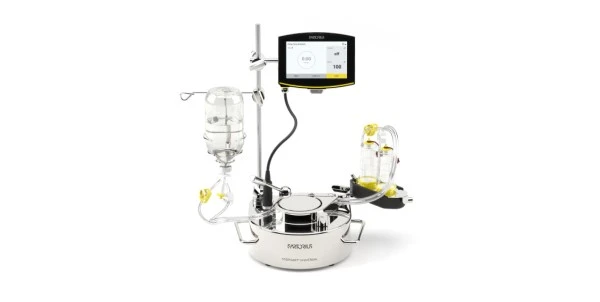
Synthetic Cannabinoids: The Alternative Route
Without a doubt the cannabis plant holds great potential and certain unseen opportunities for novel therapeutics. Advances in molecular genetics will continue to unravel the genetic underpinnings of key compounds. Genetic engineering will provide the means to generate improved yields of compounds to ease extraction and processing. Advances in potency and quality testing techniques will accelerate the process of approval and the formalization of standardized regulations. The entire industry will continue to grow to fill the emerging need for natural cannabis therapeutics. There is another way however, one that has been met with early success from a drug standpoint -- synthetic cannabis-based therapeutics.
As briefly mentioned in a subsequent article, early cannabis therapeutics have been largely synthetic in "nature". For instance, the first FDA approved drugs were the synthetic THC Dronabinol (Marino) and the synthetic THC analogue Nabilone (Cesanet), both approved for the treatment of nausea and vomiting from chemotherapy and for the stimulation of appetite in advanced AIDS patients suffering from chronic wasting. The FDA has fast tracked two plant-based drugs in their wake. Nonetheless synthetics aim to remove much of the guess work associated with cannabinoid compound purification from natural sources. In opting to take a direct route toward the target, however, there are certain cost elements as seen with most purely synthetic pharmaceutical processes.
One area that synthetic cannabinoids have garnered focus is the development of treatments that target multiple indications through specialty formulations and combination therapies. An advantage of synthetics is the drug can be administered in pure preparations or cocktails, as well as precise concentrations with low side effects from excipients. This makes synthetics attractive to alternative routes of entry such as transdermal, as opposed to oral or sublingual, thus expanding the potential for combination therapies with good tolerance.
One company, Zynerba Pharmageuticals, has taken the synthetic route toward the development of innovative cannabinoid treatment that target seizures and pain. It's transdermal synthetic cannabinoid treatment is on Phase 2 clinical trials for the treatment of adult epilepsy and refractory focal seizures. The drug is a synthetic version of CBD in gel form that works by transdermal absorption into the circulation. Besides being the first purely synthetic CBD, the drug makes use of a patent-protected permeation-enhanced delivery system which may prove efficacious for other indications as well, ranging from osteoarthritis to Fragile X syndrome -- the latter for which FDA has granted orphan-drug designation.
A drawback with synthetics is the costs associated with scaling up production for drug manufacturing purposes. A optimized set of plant strains, growth conditions, processing, and testing methods, alternatively, are straight forward in scaling up from a cost perspective. As methods gain in refinement, the types of available natural compounds and drugs will increase as costs per unit decrease, making a strong case for an abundance of plant-based therapeutics. Synthetics may continue to see use in combination therapies and delivery routes -- areas which expand the therapeutic potential of cannabis as a whole.










